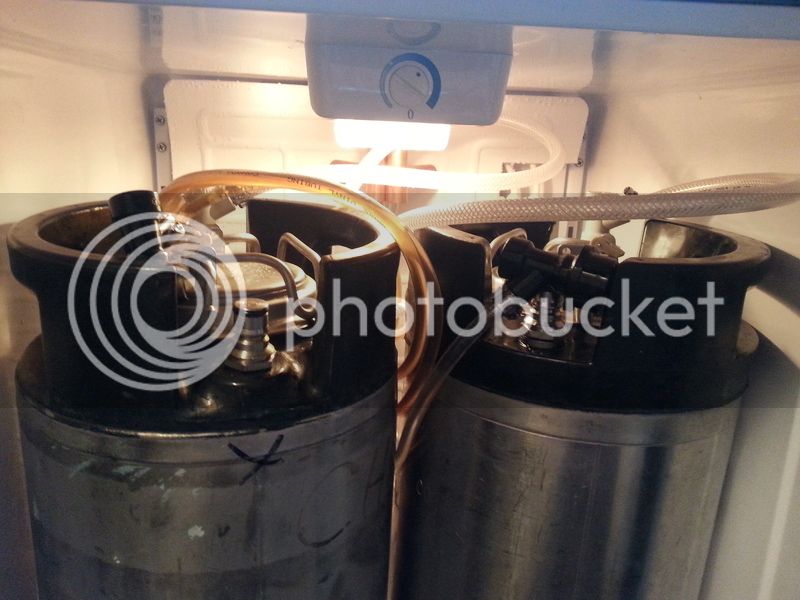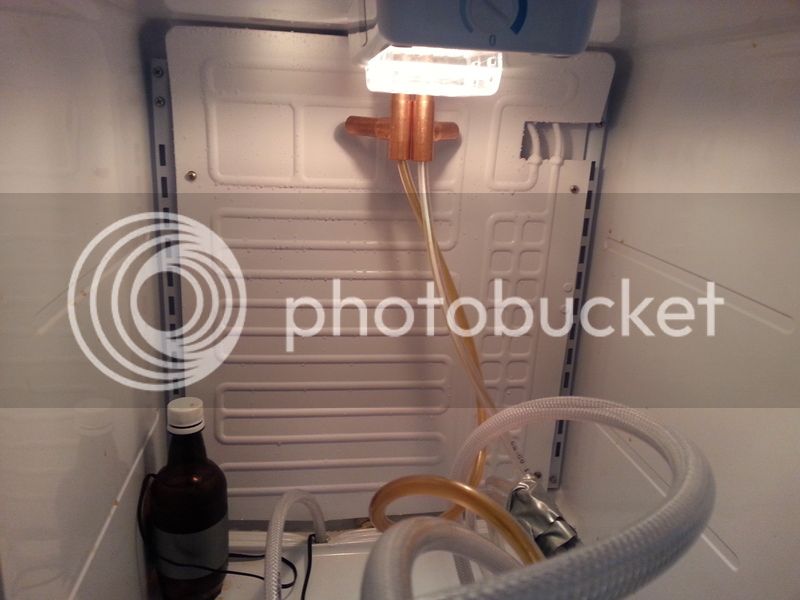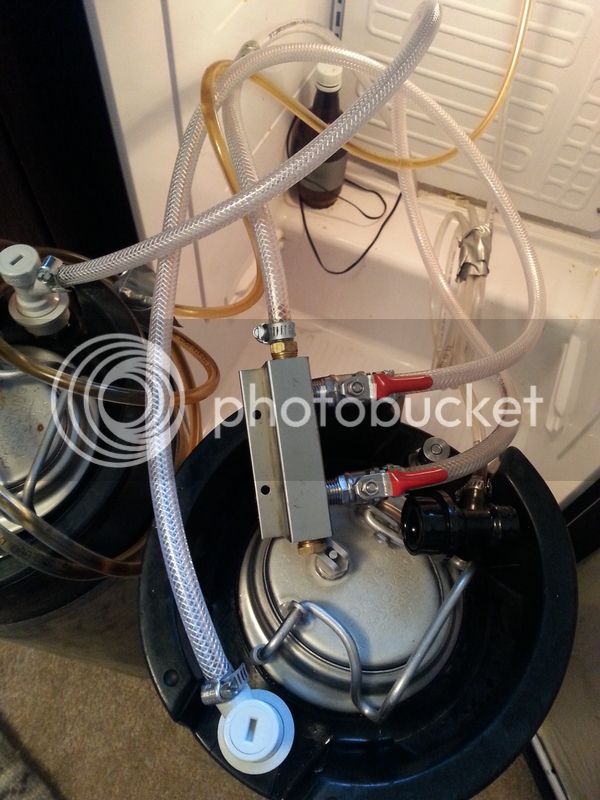stever1000
Well-Known Member
- Joined
- Oct 15, 2014
- Messages
- 822
- Reaction score
- 49
I have left my keg on 12psi at 42F for over 3 weeks and it is hardly carbonated in the glass. There are lots of bubbles when pouring, but the actual glass hardly has any carb to it and almost tastes flat when drinking, the small amount of carbonation seems to escape when it is poured.
There is CO2 in the tank, and there are no leaks.
Why hasn't it fully carbed yet?
There is CO2 in the tank, and there are no leaks.
Why hasn't it fully carbed yet?














































![Craft A Brew - Safale S-04 Dry Yeast - Fermentis - English Ale Dry Yeast - For English and American Ales and Hard Apple Ciders - Ingredients for Home Brewing - Beer Making Supplies - [1 Pack]](https://m.media-amazon.com/images/I/41fVGNh6JfL._SL500_.jpg)

















 Most items fail because they are old, mistreated..... or were plain defective from the factory. Unless we are missing something in your system I would almost bet that you have faulty equipment.
Most items fail because they are old, mistreated..... or were plain defective from the factory. Unless we are missing something in your system I would almost bet that you have faulty equipment.